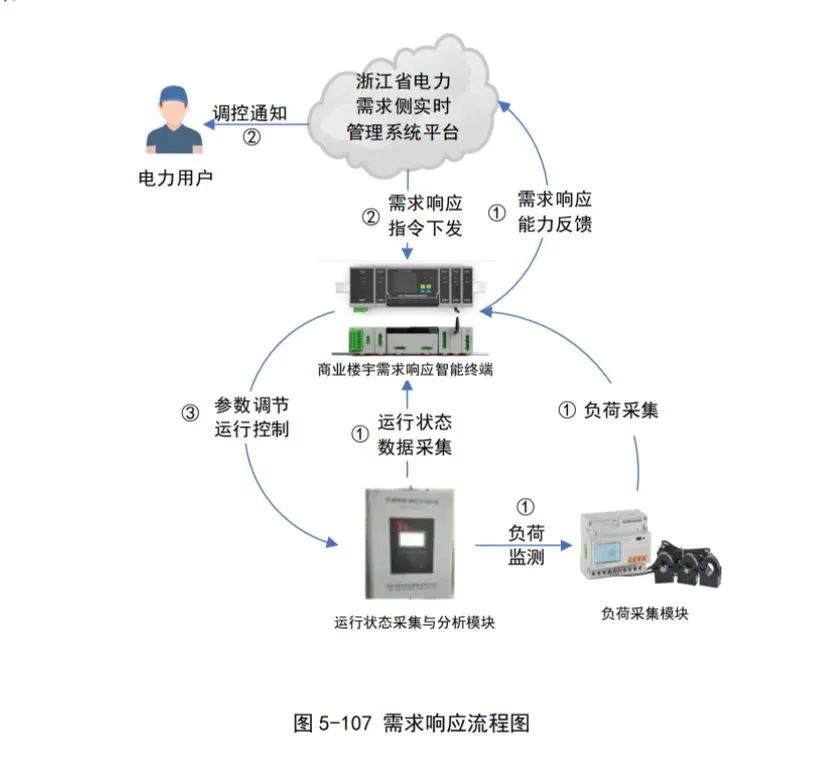According to the 2022 China Urban Rural Construction Carbon Emissions Series Research Report released by the China Building Energy Conservation Association, the total carbon emissions from the construction industry account for about 51% of the country’s carbon emissions; Meanwhile, according to statistics from Xinhua Guozhi Research Institute, the main component of energy consumption in building operation is air conditioning energy consumption, which accounts for about 50% of building operation energy consumption and 15% of social energy consumption.
After installing ice storage devices, it is expected that the building’s annual electricity consumption will be 1.24 million kilowatt hours, which can save 168000 kilowatt hours of electricity.

Ordinary carbon steel cannot withstand the strong corrosiveness of the refrigerant ethylene glycol solution in the ice storage system, and its lifespan is generally only 10-15 years; Stainless steel materials are expensive and have poor economic benefits; Although plastic materials have excellent corrosion resistance and a lifespan of up to 30 years, their thermal conductivity is relatively low
.
Among them, the construction industry is a key area for energy consumption and carbon emissions in China.
Green and low-carbon economic and social development is a key link in achieving high-quality development.
Due to the small energy loss caused by the conversion of ice making and melting, and the higher cooling efficiency at night due to lower temperatures than during the day, the same cooling demand can be met.

A small air conditioner running has such an important impact on promoting energy conservation, emission reduction, and achieving green and low-carbon development! The main development direction for reducing energy consumption in air conditioning is to start from industry technology optimization and achieve the goal of energy conservation and emission reduction by fully improving the utilization rate of energy required for operation, with the aim of achieving efficient energy conservation and emission reduction.
The government work report mentioned in reviewing the past five years’ work that we should steadily promote energy conservation and carbon reduction, coordinate energy security and stable supply, green and low-carbon development, and scientifically and orderly promote carbon peaking and carbon neutrality; When discussing government work this year, it was proposed to improve policies supporting green development and promote energy conservation and carbon reduction in key areas.
With the support of ice storage technology, which is a “big shift” in the world, it can effectively reduce air conditioning load and installed capacity, improve the operating efficiency of generator and refrigeration units, and ultimately achieve the goal of energy conservation and emission reduction.
Although ice storage technology has full skills, it has always had a drawback: the materials are not ideal! Currently, there are three commonly used materials: ordinary carbon steel, stainless steel, and plastic.
Taking a certain power supply building in 2022 as an example, the annual electricity consumption is 1.408 million kilowatt hours.
Among them, one energy-saving god has to mention – it is ice storage technology! This technology uses a refrigeration mechanism to store ice during low power grid periods at night, and during peak electricity usage during the day, the stored ice is melted into water, which is then cooled together with the refrigeration unit to meet high load demands.





